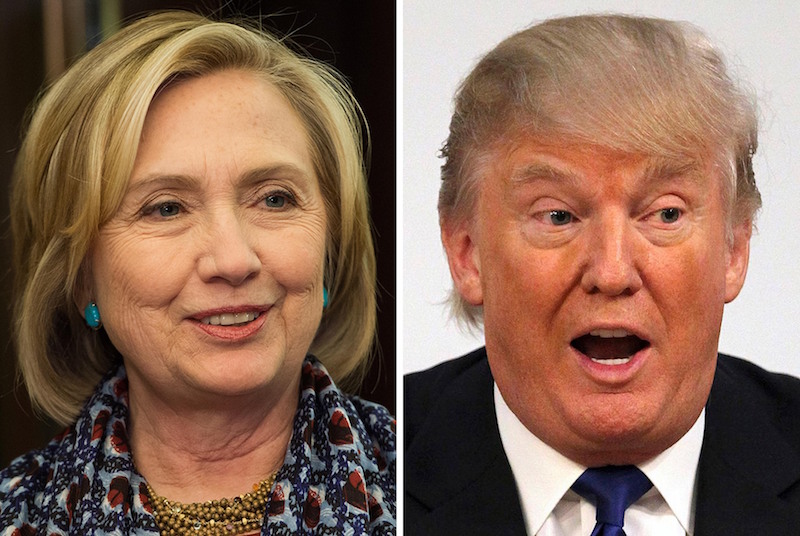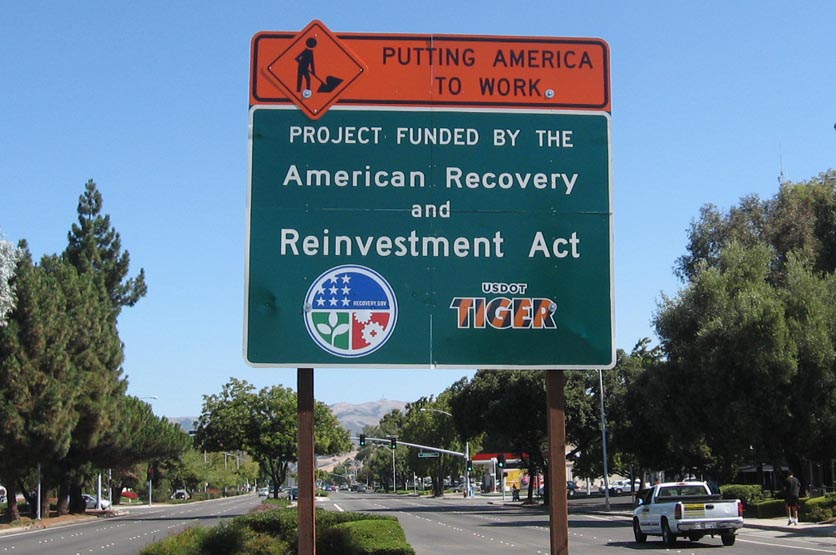Last night was the third, and thankfully, last presidential debate. If you’ve heard anything about it, you’ll know that Donald Trump suggested he might refuse to accept the results of the election if it doesn’t go his way. That’s pretty terrifying, and probably more important than any of the economic stuff they talked about. But for old time’s sake, let’s look past the talk of ‘bad hombres’ and ‘nasty women’ to find the economics lurking behind the madness.
Anyone who's been watching these debates may have had a bit of déjà vu last night. Particularly on the economic topics, as both candidates repeated, sometimes word for word, things they said previously. Moderator Chris Wallace asked about jobs but didn’t mention how low unemployment is at the moment. Trump railed about trade without conceding that manufacturing doesn’t play much of a role in the economy anyway. All of them talked about government debt as if it was always bad, regardless of what the money is used for or the interest rate it was borrowed at. All pretty much the same as last time, and the time before.
The one genuinely interesting economic question came when Wallace compared Clinton’s economic plans to President Obama’s 2009 stimulus bill. It’s already pretty clear how President Trump would tackle the economy: cut taxes, negotiate trade deals, slash regulations and cut taxes again. But this late into the election, it’s still not super clear how President Clinton would think about questions like “how do we create jobs?” or “where does economic growth come from?”.
The ‘Obama Stimulus’ was basically a gigantic bundle of tax cuts for individuals, cash for struggling state governments, and money for new public projects in things like energy and roads. The main idea behind this was to do what’s called ‘propping up demand’, i.e. government-led action to stimulate the economy during a time in which people weren't spending as much as they did before the crash, out of fear of losing their jobs. The vast majority of economists think it helped keep unemployment much lower than it otherwise would have been after 2008. But it also created a big chunk of national debt.
But Clinton seems to have another plan in mind. She's not thinking about boosting demand so much as growing supply. What that actually means is that rather than introducing new ‘buying power’ with more money by lowering taxes, she’ll raise taxes and reshuffle what she gets to public goods like schools. The idea is both to make a fairer society, and to make businesses more productive through a better educated and healthier population. She calls this 'middle-out economic growth'.
This stuff doesn’t make very good primetime TV, which is probably why they’re not focusing on it as much in these debates. But with the election forecasters giving Clinton around an 85% to 90% chance of winning, it might be about time to start thinking less about building walls and more about what Clinton’s ‘middle-out’ economy might look like.





